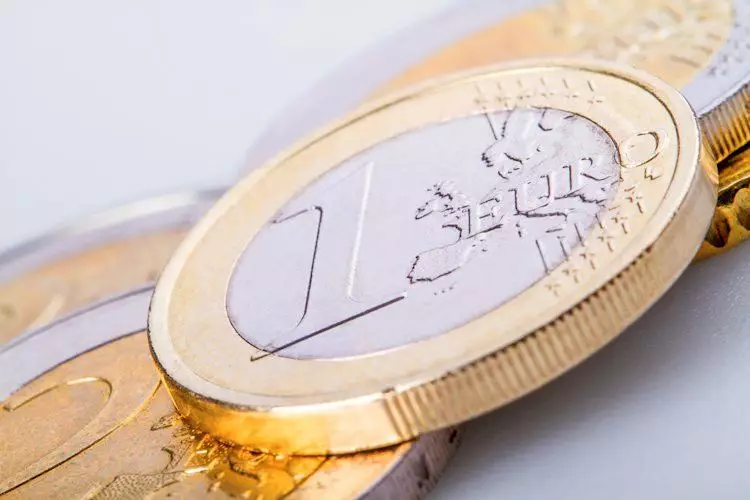In a surprising turn of events, a leftist alliance took the lead in France’s recent election results, preventing Marine Le Pen’s far-right party from dominating the leadership race. Despite this initial shock, the EUR/USD pair continues to rise steadily for the sixth consecutive day, currently trading around 1.0830 during the Asian session on Tuesday. Investors are gradually digesting the unexpected outcome of the elections and adjusting their strategies accordingly.
Federal Reserve’s Potential Impact on EUR/USD
Fed Chair Powell is scheduled to deliver “The Semi-annual Monetary Policy Report” to the US Congress on Tuesday, which could have a significant impact on the EUR/USD pair. With soft US employment data putting pressure on the US Dollar (USD), traders are speculating that the Federal Reserve might consider reducing interest rates in September. The CME’s FedWatch Tool indicates a 76.2% probability of a rate cut in September, up from 65.5% just a week earlier.
In addition to political and monetary policy developments, economic data releases play a crucial role in influencing the direction of the EUR/USD pair. Germany and the United States are set to publish inflation figures later in the week, with market expectations indicating relatively stable rates for both countries. Inflation levels, GDP growth, and other economic indicators can significantly impact the performance of the Euro and the US Dollar in the foreign exchange market.
The European Central Bank (ECB) plays a pivotal role in shaping the monetary policy of the Eurozone and, by extension, influencing the value of the Euro. With a primary mandate of maintaining price stability, the ECB utilizes interest rate adjustments to control inflation and stimulate economic growth. The ECB’s Governing Council, composed of heads of Eurozone national banks and permanent members, including ECB President Christine Lagarde, convenes regularly to make key monetary policy decisions.
Data releases pertaining to Eurozone inflation, GDP growth, and trade balance are closely monitored by investors trading the EUR/USD pair. Changes in interest rates, economic performance of major Eurozone economies (Germany, France, Italy, Spain), and trade balance dynamics all play a critical role in determining the strength of the Euro relative to the US Dollar. Positive economic indicators often lead to a stronger Euro, while negative data can weaken the currency’s position in the market.
The relationship between the Euro and the US Dollar is influenced by a myriad of factors, including political developments, monetary policy decisions, and economic data releases. Traders and investors closely monitor key indicators to make informed decisions about trading the EUR/USD pair in the ever-evolving foreign exchange market. As global economic conditions continue to fluctuate, the dynamic interplay between the Euro and the US Dollar remains a focal point for market observers and participants alike.

